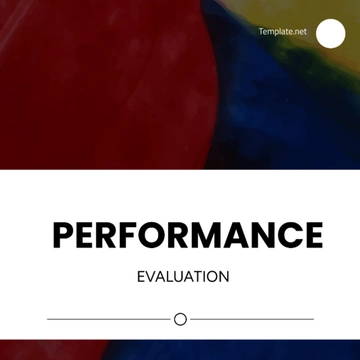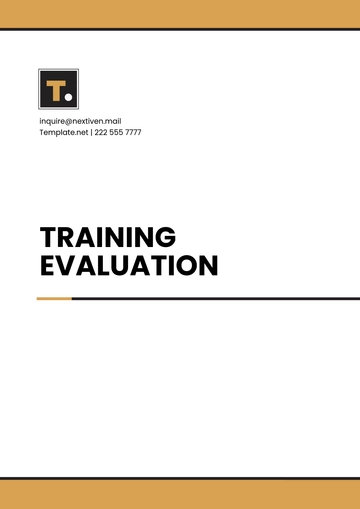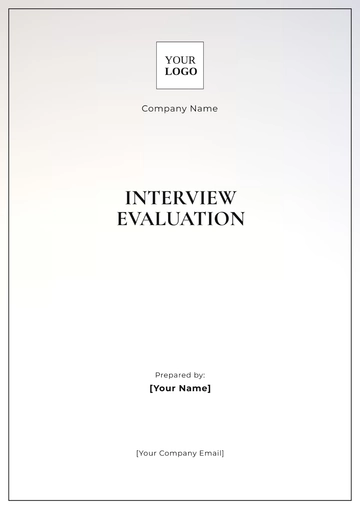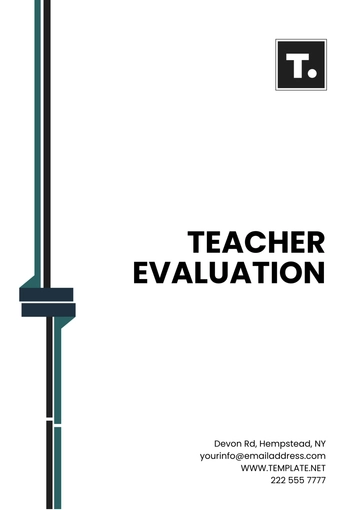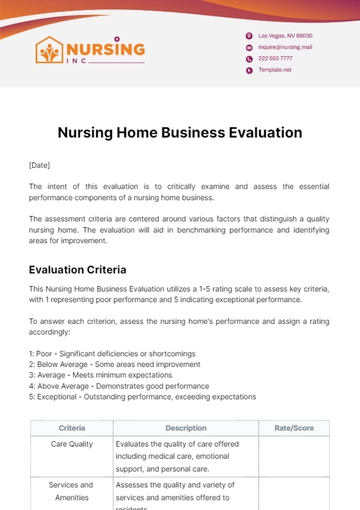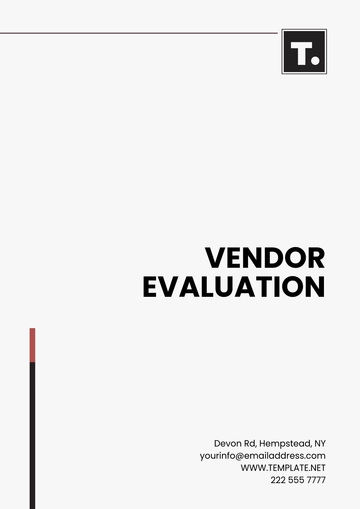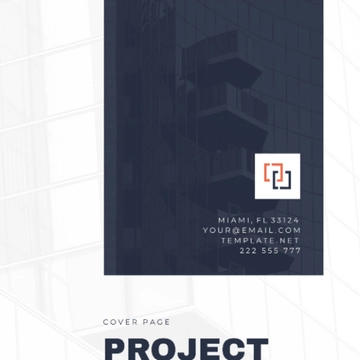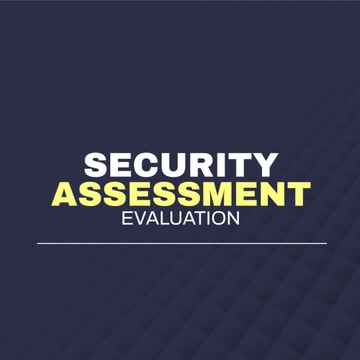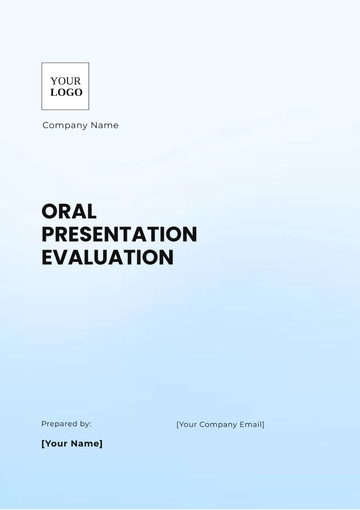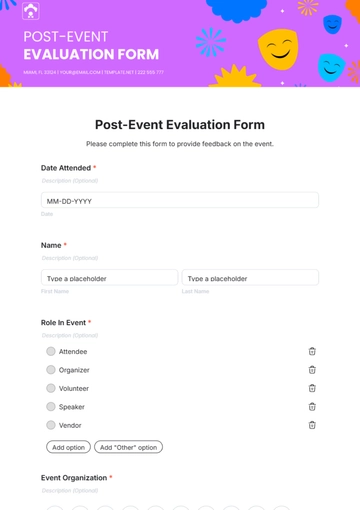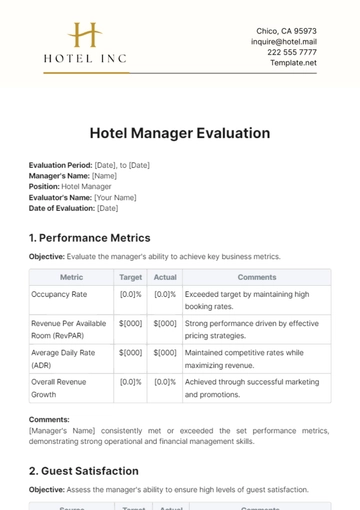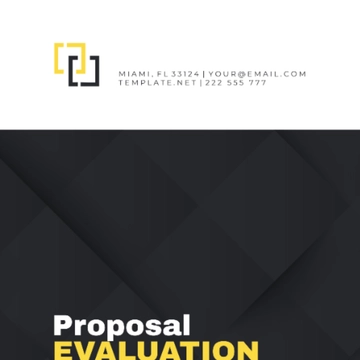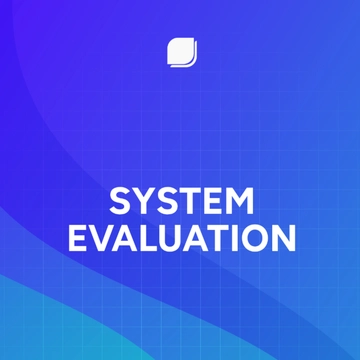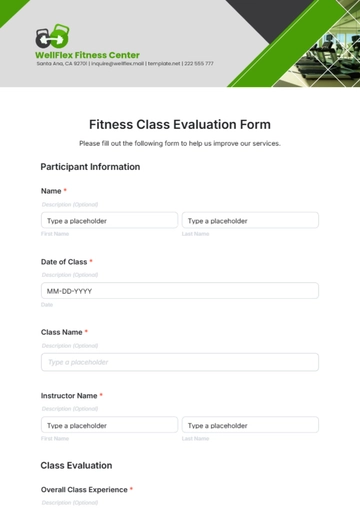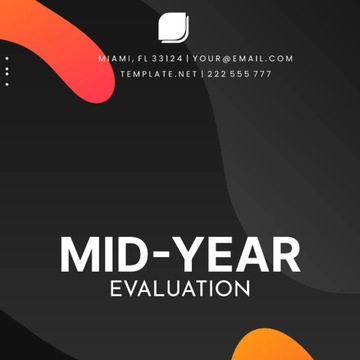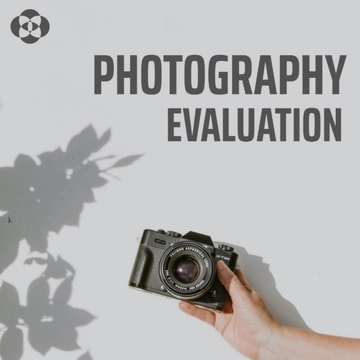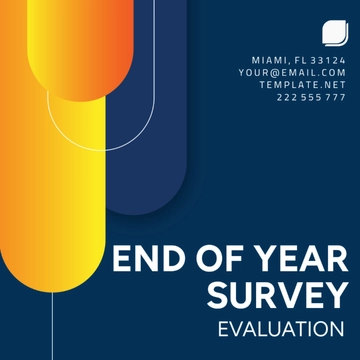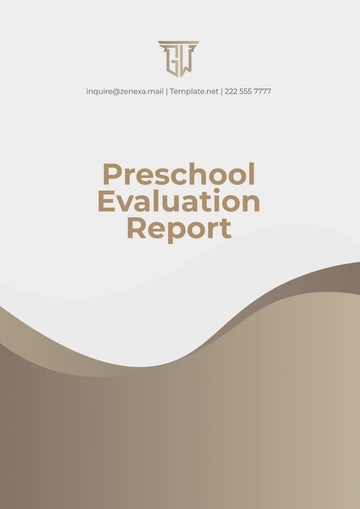Free Finance Audit Evaluation Manual
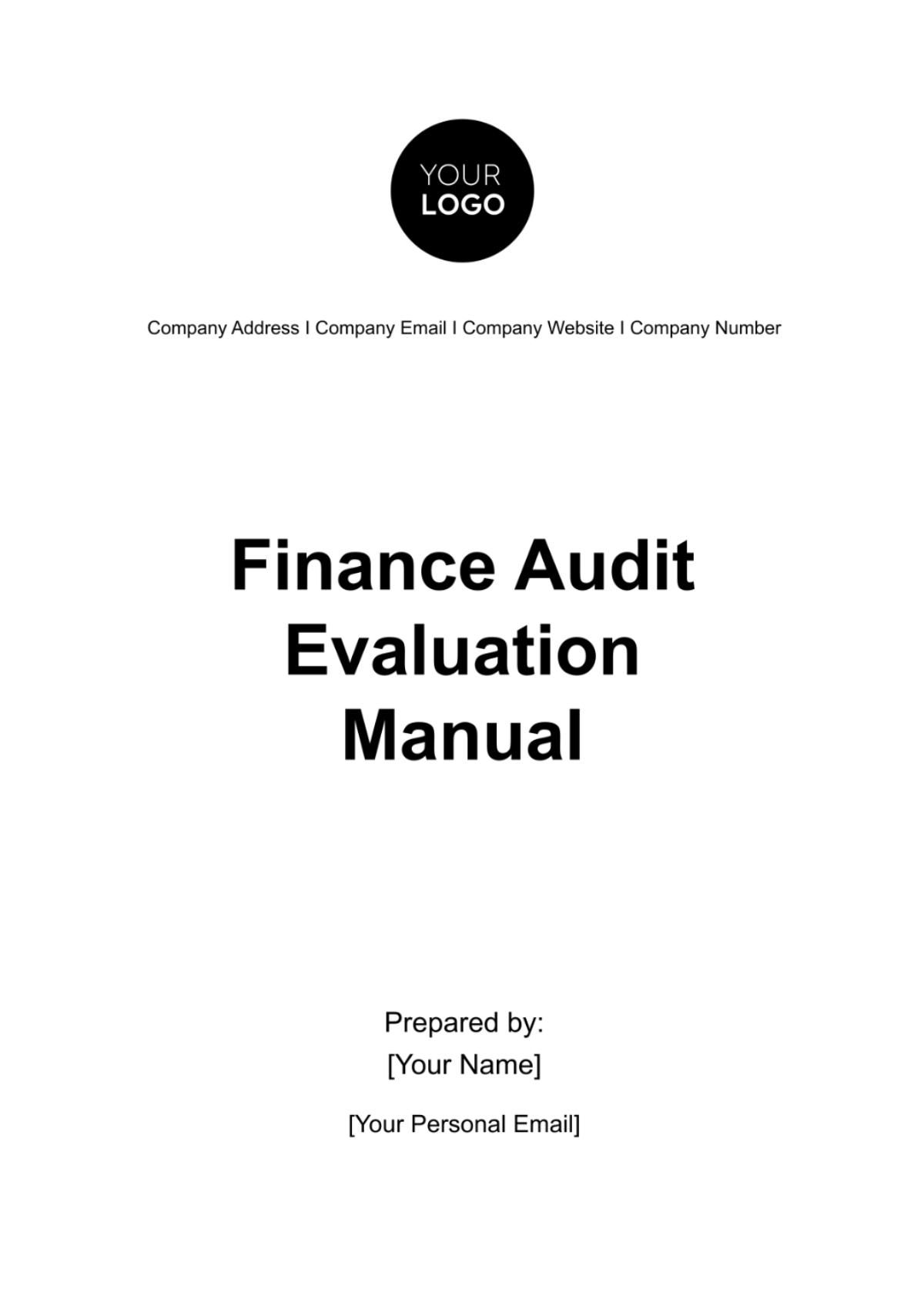
Introduction
This Finance Audit Evaluation Manual is designed to standardize and guide the conduct of financial audits within our organization. Its primary purpose is to ensure that financial audits are carried out effectively, efficiently, and in compliance with the highest standards of financial reporting and accountability. By following the guidelines set out in this manual, we aim to maintain the integrity of our financial processes, safeguard assets, ensure accurate and reliable financial reporting, and promote adherence to laws and regulations.
Scope and Applicability
The procedures and guidelines outlined in this manual apply to all financial audits conducted within our organization. This includes both internal audits carried out by our audit team and external audits performed by independent auditors. The manual is applicable to the evaluation of all financial statements, records, and related operations. It is mandatory for use by all audit team members and is also a reference for other departments within our organization to understand the audit process and their role in it.
Overview of Financial Audit Objectives
The objectives of financial audits as guided by this manual include:
Verification of Financial Information: Ensuring that financial statements and records are accurate and complete. For instance, verifying that our total reported revenue of $50 million for the past fiscal year accurately reflects our business transactions.
Assessment of Financial Controls: Evaluating the effectiveness of internal controls over financial reporting. For example, reviewing the process for authorizing expenditures and ensuring it prevents unauthorized or inappropriate spending.
Compliance with Laws and Regulations: Ensuring compliance with applicable financial reporting standards and regulatory requirements. This includes adherence to Generally Accepted Accounting Principles (GAAP) or International Financial Reporting Standards (IFRS), as well as compliance with tax laws and other financial regulations.
Identification and Management of Risks: Identifying financial risks and ensuring that there are adequate measures in place to manage and mitigate these risks. An example is evaluating the adequacy of our reserves for bad debts, which currently stand at 2% of our total receivables.
Detection and Prevention of Fraud: Implementing procedures to detect and prevent fraud within the organization. This includes scrutinizing areas where fraud is most likely to occur and taking proactive measures to prevent it.
Audit Planning
Effective planning is crucial to the success of any financial audit. This section outlines the essential steps and considerations in the planning stage to ensure a thorough and efficient audit process.
A. Risk Assessment and Materiality
In the following table, we present an overview of key financial risks and their associated materiality thresholds. These thresholds help determine the significance of each risk in the context of our overall financial statements.
Financial Risk Category | Materiality Threshold | Example |
Revenue Recognition | 5% of Total Revenue | If total revenue is $100 million, a discrepancy greater than $5 million is considered material. |
Asset Valuation | 10% of Total Asset Value | For total assets valued at $200 million, a misstatement over $20 million is material. |
Liability Reporting | 7% of Total Liabilities | With total liabilities of $50 million, a threshold of $3.5 million is set for materiality. |
Expense Reporting | 5% of Total Expenses | If total expenses are $80 million, inaccuracies over $4 million are material. |
Foreign Exchange Exposure | 3% of Foreign Currency Transactions | For foreign transactions worth $30 million, a risk threshold is $900,000. |
Inventory Misstatement | 8% of Inventory Value | With an inventory value of $10 million, a materiality level is $800,000. |
Adjustments to these thresholds may be made based on changes in our financial position or in response to specific circumstances encountered during the audit.
B. Audit Scope and Objectives
For any audit, the scope should be comprehensive and clearly defined, encompassing all relevant financial statements and records for the specified period. It should include a thorough review of major financial areas such as revenue, expenses, assets, and liabilities. Meanwhile, the objectives should always focus on providing a fair and accurate representation of the financial position and performance of the organization. This includes ensuring compliance with accounting standards, verifying the accuracy and completeness of financial records, and assessing the effectiveness of internal controls.
C. Time Frame
A standard timetable for an audit process is outlined below:
Phase | Duration | Key Activities |
Planning | 2 weeks | Risk assessment, setting objectives, defining scope. |
Review | 1 week | Initial analysis of financial statements and controls. |
Fieldwork | 4 weeks | In-depth examination of financial records and systems. |
Analysis | 3 weeks | Evaluating findings, assessing risks and controls. |
Reporting | 2 weeks | Drafting and finalizing the audit report. |
Follow-Up | 1 week | Addressing any remaining issues, final meetings. |
This timetable is a guideline and can be adjusted based on the complexity and specific requirements of each audit.
D. Resources
The standard resources allocated for each audit typically include:
Personnel: A team of auditors with varying specializations, such as financial auditors, IT auditors, and compliance experts.
Technological Tools: Audit software for data analysis, secure communication platforms for team collaboration, and data encryption tools for safeguarding sensitive information.
Access to Information: Unrestricted access to financial records, transaction logs, and other relevant documents.
Training and Support: Regular training sessions for audit staff on the latest auditing standards and practices, as well as ongoing technical support.
Audit Methodology
This section outlines the systematic approach and techniques used in conducting a financial audit. This methodology ensures consistency, reliability, and thoroughness in our audit processes, aligning with best practices and standards in financial auditing.
A. Overview of Audit Techniques and Approaches
Technique | Description | Application Scenario |
Substantive Testing | Detailed testing of financial transactions and balances. | Verifying the accuracy of significant financial transactions. |
Analytical Review | Examination of financial information through analysis of trends. | Identifying unusual variations in financial statements. |
Compliance Testing | Checking adherence to internal controls and procedures. | Ensuring transactions are processed as per established policies. |
Forensic Auditing | Investigating potential fraud or non-compliance. | Examining suspicious transactions or allegations of fraud. |
B. Sampling Methods
Method | Description | Application Scenario |
Random Sampling | Selecting a random subset of data for examination. | Ensuring unbiased sample selection for transaction testing. |
Stratified Sampling | Dividing data into sub-categories and sampling from each. | Examining complex data sets with varied characteristics. |
Judgmental Sampling | Using professional judgment to select specific items for testing. | Focusing on high-risk or high-value transactions. |
Systematic Sampling | Selecting every nth item in a data set for analysis. | Conducting an orderly and methodical review of data. |
C. Data Collection and Analysis Techniques
Technique | Description | Application Scenario |
Document Review | Examination of relevant financial documents and records. | Verifying the authenticity and accuracy of financial records. |
Interviews and Inquiry | Gathering information through discussions with personnel. | Understanding processes and controls from staff perspective. |
Observation | Direct observation of processes and operations. | Assessing the effectiveness of operational controls. |
Reperformance | Independently executing procedures or controls. | Verifying the reliability of certain processes or controls. |
D. Audit Software and Tools
Software/Tool | Description | Application Scenario |
General Ledger Analysis Software | Analyzing and reconciling ledger entries. | Streamlining the review of account transactions and balances. |
Data Mining Tools | Extracting and analyzing large data sets. | Identifying trends, patterns, or anomalies in financial data. |
Risk Assessment Software | Evaluating and prioritizing audit risks. | Planning the audit focus based on risk analysis. |
Reporting and Visualization Tools | Creating audit reports and visual representations of data. | Enhancing the communication of audit findings. |
Internal Controls Evaluation
The evaluation of internal controls is a critical component of the audit process, providing insights into the effectiveness and efficiency of our financial operations. This section delves into understanding, assessing, and testing the internal control systems in place, and identifying any potential weaknesses that could impact financial reporting or compliance.
A. Understanding the Entity’s Internal Control System
To effectively audit internal controls, it's imperative to first gain a comprehensive understanding of the entity’s internal control system. This involves reviewing the control environment, which includes the organization's structure, ethics, and policies that guide financial processes. We examine the procedures and mechanisms in place for safeguarding assets, ensuring accurate financial reporting, and compliance with laws and regulations. This review extends to understanding how information is processed and communicated within the organization, and the means by which employees are directed, supervised, and held accountable.
B. Assessing Control Risk
Evaluate the Design of Controls: Review if controls are appropriately designed to prevent or detect errors and fraud in the financial reporting process.
Consider the Environment: Take into account the organization’s culture, structure, and external environment which can influence the effectiveness of controls.
Historical Performance: Analyze past instances of control failures or successes to gauge the potential for risk.
Management’s Oversight: Assess the involvement and effectiveness of management in maintaining and monitoring controls.
C. Testing Controls
Select a Representative Sample: Test a variety of transactions across different departments and periods to ensure a comprehensive assessment.
Use a Mix of Testing Methods: Incorporate inquiries, observations, document reviews, and reperformance in testing.
Document Findings Thoroughly: Keep detailed records of tests performed, including the nature, timing, extent, and results of the tests.
Follow up on Exceptions: Investigate any deviations or exceptions found during testing to understand their cause and implications.
D. Identifying and Assessing Weaknesses in Internal Controls
Look for Recurring Patterns: Repeated issues, even if minor, can indicate systemic weaknesses.
Assess the Severity of Weaknesses: Determine the potential impact of identified weaknesses on financial reporting and compliance.
Consider the Likelihood of Occurrence: Evaluate how likely it is that a weakness could lead to significant errors or fraud.
Evaluate Compensating Controls: Determine if other controls effectively mitigate identified weaknesses.
Financial Statement Examination
The examination of financial statements is a pivotal aspect of the audit process, providing assurance about the accuracy and reliability of the organization's financial reporting. This section outlines the approach and guidelines for a meticulous review of various financial statement components, ensuring they accurately reflect the organization's financial position and performance.
A. Verification of Assets and Liabilities
Physical Verification: Conduct physical inspections of tangible assets and compare with recorded asset details.
Reconciliation of Records: Reconcile ledger balances with external confirmations for bank accounts, investments, and other liabilities.
Review of Depreciation and Amortization: Evaluate the methods and calculations used for asset depreciation and liability amortization.
Analysis of Contingent Liabilities: Assess the recognition and disclosure of contingent liabilities, ensuring they are appropriately reported.
B. Review of Income and Expenditure Accounts
Verify Revenue Recognition: Ensure that revenue is recognized in accordance with relevant accounting standards and organizational policies.
Analyze Expense Classifications: Review the categorization of expenses to ensure they are accurately and appropriately classified.
Cross-Check with Supporting Documents: Cross-reference entries in the income and expenditure accounts with invoices, contracts, and other supporting documents.
Investigate Unusual Fluctuations: Look into significant variances from expected patterns or historical trends in income and expenditure.
C. Compliance with Accounting Standards
Review Accounting Policies: Examine the organization's accounting policies for compliance with the applicable accounting framework (e.g., GAAP, IFRS).
Evaluate Consistency: Check for consistent application of accounting policies across reporting periods.
Assess Fair Presentation: Determine whether the financial statements provide a fair and complete presentation of the organization's financial status.
Audit Disclosure Quality: Verify that all necessary disclosures are complete, clear, and compliant with standards.
D. Examination of Significant Financial Transactions
Identify Material Transactions: Pinpoint transactions that are significant in terms of value or impact on financial statements.
Review Authorization and Documentation: Check that material transactions are properly authorized and supported by adequate documentation.
Analyze for Unusual Patterns: Investigate any transactions that deviate from normal patterns or expected values.
Assess Impact on Financial Statements: Determine how these transactions are reflected in the financial statements and whether they are accurately and appropriately recorded.
Audit Evidence and Documentation
The collection and documentation of audit evidence are fundamental to the integrity and credibility of the audit process. This section elaborates on the types of audit evidence, the standards for documentation, and the methodologies employed in gathering and evaluating this evidence.
A. Types of Audit Evidence
Type of Evidence | Description | Examples |
Physical Evidence | Tangible items that provide proof of existence or condition. | Physical inventory count, asset inspection. |
Documentation | Written or electronic records that corroborate transactions. | Invoices, contracts, bank statements. |
Analytical Evidence | Data analysis and comparisons to identify inconsistencies or trends. | Trend analysis, ratio analysis, variance analysis. |
Information obtained from interviews or inquiries. | Management interviews, third-party confirmations. | |
Observational Evidence | Information gained through direct observation of processes. | Observing inventory counting, witnessing a process in operation. |
B. Documentation Standards
All documentation should be clear, complete, and easily understandable.
Documentation should be prepared and organized contemporaneously with the audit procedures.
Ensure that all recorded information is accurate and reflects the evidence gathered.
Maintain the confidentiality and security of audit documents.
Adhere to organizational and legal requirements for retaining audit documentation for a specified period.
C. Evidence Gathering and Evaluation Techniques
Technique | Description | Application Scenario |
Inspection of Records and Assets | Examining financial records and physical verification of assets. | Verifying existence and condition of assets, authenticity of records. |
Inquiry and Confirmation | Seeking information from knowledgeable internal or external sources. | Confirming account balances with external parties, inquiring management about policies. |
Analytical Procedures | Applying statistical and financial analysis methods. | Analyzing financial statement ratios, trend analysis of sales or expenses. |
Recalculation and Reperformance | Checking mathematical accuracy and reperforming procedures. | Recalculating financial statement totals, reperforming sample transactions. |
Observation | Watching a process or procedure being performed. | Observing the inventory counting process, monitoring the execution of transactions. |
Fraud Detection and Prevention
The detection and prevention of fraud are integral to maintaining the integrity and reliability of our financial systems. This section outlines the key indicators of fraud, procedures for investigating suspected fraudulent activities, and the protocols for reporting such activities.
A. Indicators of Fraud
Indicator of Fraud | Examples |
Unusual Financial Discrepancies | Significant unexplained variances in financial accounts. |
Deviations from Standard Procedures | Bypassing of normal approval channels for transactions. |
Inconsistencies in Documentation | Altered or missing documents, inconsistent signatures. |
Employee Behavior | Lifestyle changes inconsistent with salary, defensiveness when questioned about work. |
Complaints or Tips | Anonymous tips or complaints about financial misconduct. |
B. Procedures for Investigating Suspected Fraud
Initiate Confidential Inquiry: Begin an investigation discreetly to avoid compromising evidence or alerting the suspect. Form a team with appropriate expertise, including legal, forensic accounting, and HR specialists.
Gather and Secure Evidence: Collect relevant documents, electronic records, and other evidence in a secure manner. Conduct interviews with individuals who may have information related to the suspected fraud.
Review and Analyze Financial Data: Perform detailed analysis of financial records to trace and identify irregularities.
Consult with Legal Advisors: Ensure that the investigation is conducted in accordance with legal requirements and procedures.
C. Reporting Fraudulent Activities
Internal Reporting Channels: Report findings to designated internal authorities, such as the audit committee or senior management.
Documentation of Findings: Prepare a detailed report of the investigation, findings, and evidence.
External Reporting Obligations: Fulfill any legal obligations to report fraudulent activities to external authorities or regulators.
Confidentiality and Discretion: Maintain confidentiality throughout the reporting process to protect the integrity of the investigation and the privacy of individuals involved.
Corrective Actions and Follow-up: Implement corrective measures to prevent future occurrences and monitor the effectiveness of these actions.
Reporting and Communication
Effective reporting and communication are essential in conveying the results of our financial audit process to relevant stakeholders. This section addresses how audit findings and conclusions are summarized, the preparation of audit reports, communication strategies with management and stakeholders, and the importance of follow-up and post-audit review.
A. Audit Findings and Conclusions
Audit findings and conclusions should provide a clear and concise summary of the audit results, highlighting key observations and any issues identified. This section should include a discussion of the scope of the audit, a description of the methodology used, and an overview of the significant findings. It should also address the effectiveness of internal controls, compliance with relevant laws and regulations, and any instances of fraud or error discovered. The conclusions should provide an overall assessment of the financial health and integrity of the organization, including any areas of concern or recommendations for improvement. It’s important that these findings and conclusions are communicated in an objective, unbiased manner, reflecting the true state of the organization's financial affairs.
B. Preparing Audit Reports
Use straightforward and understandable language.
Follow a logical structure, typically including an executive summary, methodology, findings, conclusions, and recommendations.
Ensure that all conclusions are supported by sufficient and reliable evidence.
Adhere to auditing standards and include all necessary disclosures.
Provide practical recommendations for addressing any issues identified.
C. Communicating with Management and Stakeholders
Audience | Communication Objective | Method of Communication |
Senior Management | Discuss audit findings and strategic implications. | Formal presentation and written report. |
Board of Directors | Provide an overview of audit results and governance issues. | Detailed report and executive summary. |
Audit Committee | Detailed discussion on audit findings, risks, and controls. | In-depth report, meetings, and ongoing dialogue. |
Regulatory Bodies | Fulfill reporting requirements and compliance issues. | Formal reports and regulatory filings as required. |
D. Follow-up and Post-audit Review
The follow-up and post-audit review process is a critical step in ensuring that the recommendations from the audit are implemented and that any identified issues are resolved. This involves periodic reviews and meetings with management to discuss the progress of implementing the audit recommendations. It’s also an opportunity to evaluate the effectiveness of the audit process itself and identify areas for improvement in future audits. This phase ensures that the audit has a lasting impact, contributing to continuous improvement in financial reporting and control systems. The post-audit review should be documented, and findings should be communicated to the audit committee and senior management, thus closing the loop on the audit process.
Legal and Ethical Considerations
Adhering to legal and ethical standards is paramount in the conduct of our financial audits. This section highlights the crucial aspects of compliance with regulatory requirements, upholding ethical standards for auditors, and ensuring confidentiality and data protection.
A. Compliance with Regulatory Requirements
U.S. Regulation | Compliance Requirements |
Sarbanes-Oxley Act (SOX) | Implement internal controls, report on their effectiveness, and maintain proper financial record keeping. Auditors must also comply with independence requirements. |
Generally Accepted Accounting Principles (GAAP) | Prepare financial statements according to GAAP principles to ensure consistency, reliability, and comparability of financial information. |
Dodd-Frank Wall Street Reform and Consumer Protection Act | Adhere to the regulations concerning financial reporting and disclosures, particularly for public companies and financial institutions. |
Foreign Corrupt Practices Act (FCPA) | Maintain accurate books and records; implement controls against bribery of foreign officials. |
Internal Revenue Service (IRS) Regulations | Ensure compliance with federal tax laws, including accurate reporting of income and adherence to tax filing requirements. |
Securities and Exchange Commission (SEC) Regulations | For publicly traded companies, comply with SEC requirements for periodic reporting, disclosures, and securities regulations. |
B. Ethical Standards for Auditors
Integrity and Objectivity
Professional Competence
Independence
C. Confidentiality and Data Protection
We are committed to maintaining the confidentiality of all information obtained during the audit, ensuring it is not disclosed inappropriately. This includes implementing rigorous data protection measures to secure electronic and physical records, especially in an era of increasing cybersecurity threats. Our policies mandate strict access controls, regular security audits, and ongoing staff training in data protection protocols.
Continuous Improvement
This section addresses strategies for enhancing our audit processes, ensuring ongoing professional development for audit staff, and keeping abreast of evolving standards in financial reporting and auditing.
A. Feedback and Improvement of Audit Processes
Regular Review of Audit Processes: Evaluate and update audit methodologies and procedures regularly.
Stakeholder Feedback: Solicit and incorporate feedback from management, audit committee, and external auditors.
Benchmarking Against Best Practices: Compare our audit practices with industry standards and adopt best practices.
B. Training and Development for Audit Staff
Module | Timeframe | Audience |
Advanced Financial Analysis | Quarterly | Senior Auditors |
Emerging Audit Technologies | Bi-annually | All Audit Staff |
Regulatory Compliance and Updates | Annually | All Audit Staff |
Ethics and Professional Standards | Annually | All Audit Staff |
C. Keeping Abreast of Changes
Staying informed about changes in financial reporting and auditing standards is crucial for ensuring our audits meet current requirements and best practices. We achieve this through subscriptions to professional accounting and auditing bodies, attendance at industry conferences, and regular training sessions on new standards.
- 100% Customizable, free editor
- Access 1 Million+ Templates, photo’s & graphics
- Download or share as a template
- Click and replace photos, graphics, text, backgrounds
- Resize, crop, AI write & more
- Access advanced editor
Optimize your auditing processes with the Finance Audit Evaluation Manual Template from Template.net. Fully editable and customizable in our AI Editor tool, this template serves as a comprehensive guide for conducting thorough financial audits. It provides a structured approach to evaluating financial practices, ensuring accuracy and compliance in your business's financial management and reporting.

